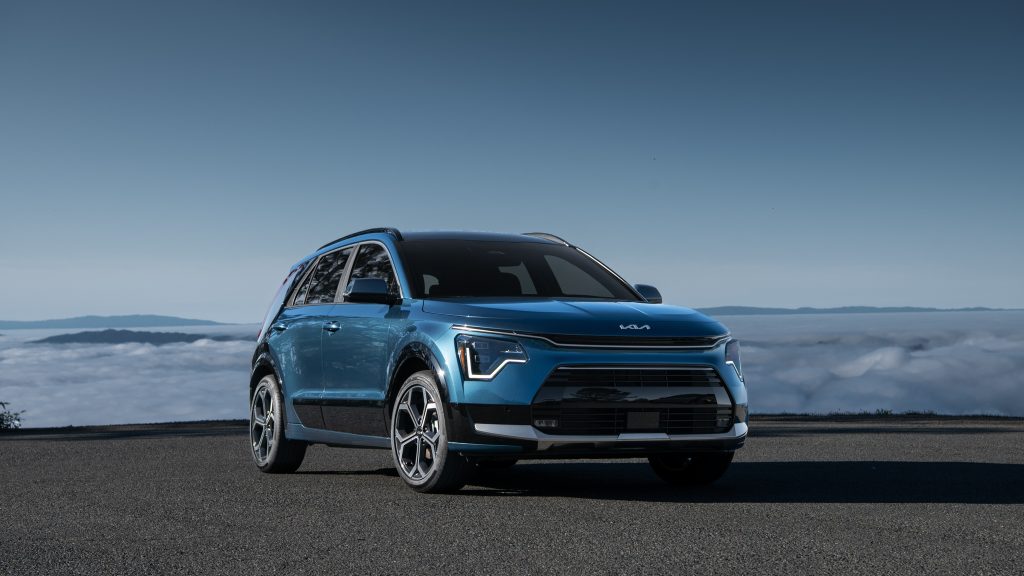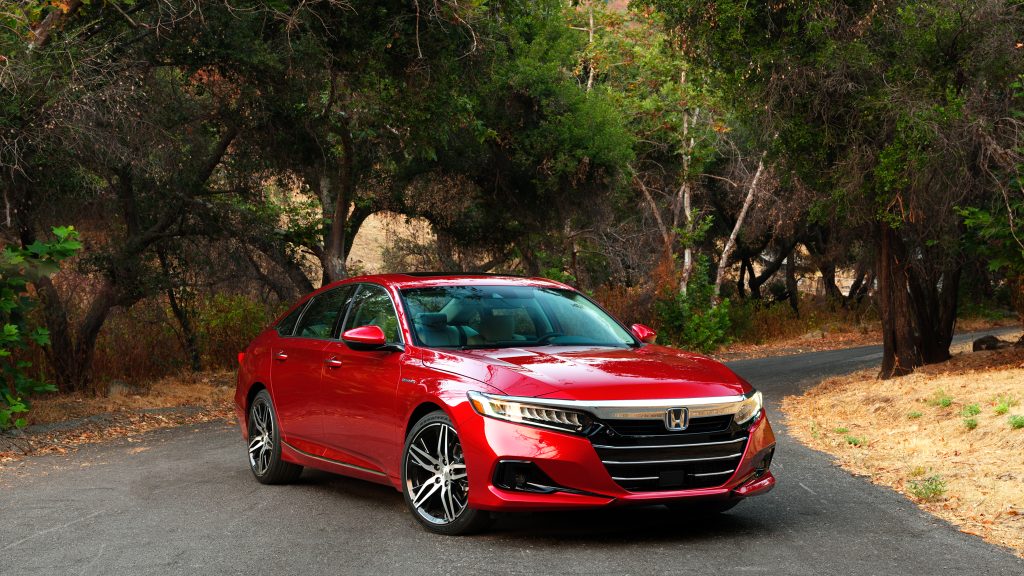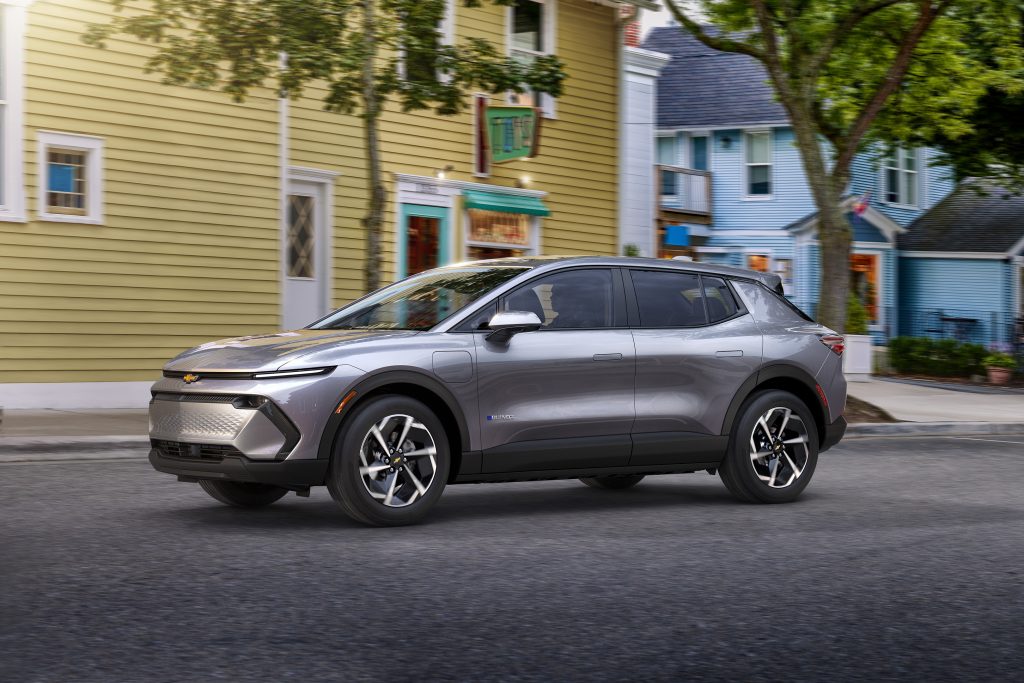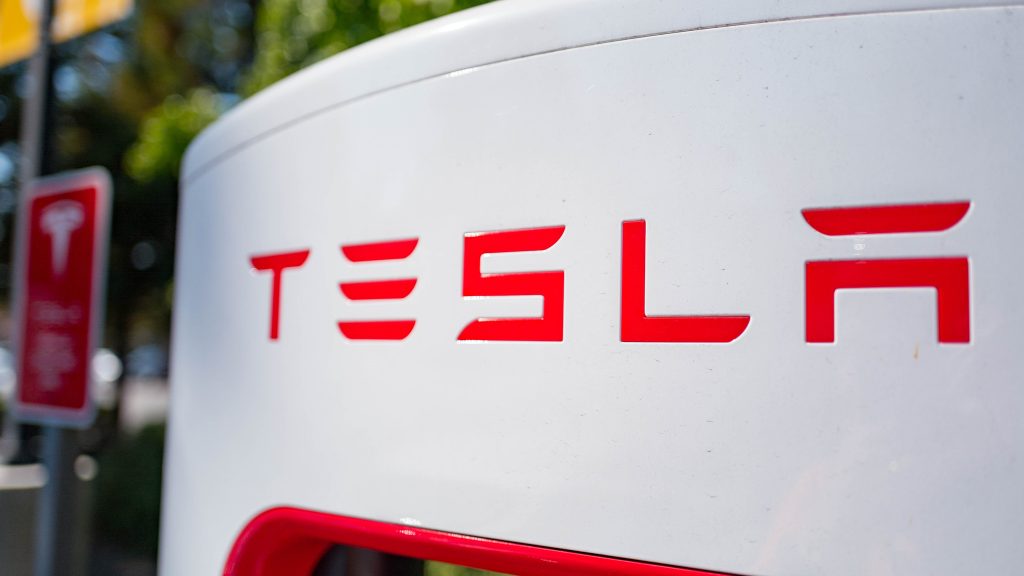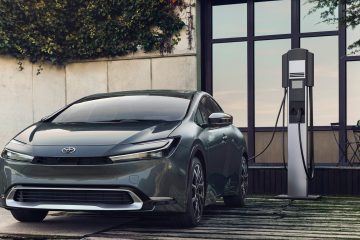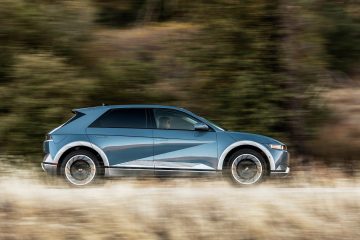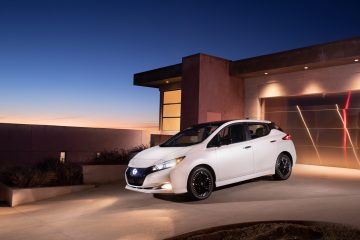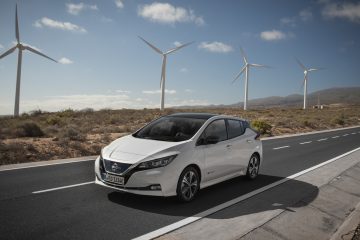The automotive world is changing rapidly, and there are plenty of new terms to learn. As we move toward an electrified future, automakers are introducing a variety of new models, including hybrids, plug-in hybrids, and electric vehicles. The differences between the three can be confusing for many, and automakers’ marketing campaigns aren’t always the most helpful with definitions. We’ve created a quick guide to help you understand the three main types of electrified vehicles on sale today, so let’s dive in.
Plug-In Hybrid
Plug-in hybrid vehicles, or PHEVs, walk the line between hybrids and electric vehicles. They have larger battery packs than standard hybrid vehicles, allowing them to travel for short distances on electric propulsion only. In newer models, the electric range can reach upwards of 50 miles, and even more affordable models like the Toyota RAV4 Prime offer more than 40 miles of range. Once the electric range is exhausted, the vehicle functions like a traditional hybrid, so there’s no need for range anxiety or worry about where to charge.
Plug-in hybrids obviously have to be plugged in, but they charge much faster than full battery-electric vehicles. Where an EV can take days to fully recharge using a standard household outlet, PHEVs can fully recharge in five to six hours, making them ideal for people with short commutes and home charging capabilities. The electric range means that some drivers can bypass the gas station altogether, but the downside is that PHEVs are typically more expensive than hybrids, and they’re not the most efficient hybrids when the electric range is exhausted.
Hybrids
Hybrid vehicles employ an electric motor alongside their gas powertrains and do not require charging or plugging in. Hybrids are more affordable than plug-in hybrids and electric vehicles, but they lack some capability as a result. Where PHEVs offer an all-electric driving range, hybrids use their electric motors to supplement the gas engine. That means the engine can shut off when coasting and at low speeds, and the small battery pack charges through regenerative braking instead of plugging in.
The upside is that hybrids offer much better fuel economy than traditional internal combustion engines alone. Without the need to plug in, they’re much more convenient than EVs and PHEVs, and they’re often more potent than standard gas engines. On the downside, they’re more expensive than gas cars and don’t offer the same fuel economy benefits on the highway, where gas engines tend to be more efficient.
Electric Vehicles
Electric vehicles are growing in popularity and will comprise a significant portion of new vehicle sales by the end of this decade. While many look like normal gas vehicles, they are completely different underneath. There’s no engine under the hood, and instead, electric motors are mounted on or near the axle(s). Depending on the configuration, the motors can drive two or all four wheels, and the system recovers small amounts of energy through regenerative braking.
There are no moving engine parts in EVs, so they generally have lower maintenance costs. Regenerative braking uses the electric motors to slow the vehicle, and in many cases, drivers find that their traditional brakes last much longer. EVs are quick to accelerate and feel energetic because electric motors instantly generate torque, whereas gas engines need to rev to develop the same torque.
That said, electric vehicles aren’t perfect. Though they’re becoming more affordable, EVs are still considerably more expensive than gas or hybrid vehicles. Range is becoming less of an issue as automakers improve battery designs, but charging remains challenging in many parts of the country. Charging speeds are also a concern, as some EVs can take more than half an hour to recover a meaningful portion of their range.
Which is Best for You?
There is no set answer to this question. The right vehicle for you depends on how you drive, where you live, and your budget. Urban commuters that can charge at home would be well-served by a plug-in hybrid or electric vehicle, while rural drivers might want to consider a hybrid if they don’t have home charging options. Electric vehicles are great options for people living where the charging infrastructure is well-established, such as around major metro areas and along the west coast. However, wait times are public charging stations can be long, so the situation isn’t all positive. Finally, because of those issues, it’s hard to advocate for the purchase of an EV unless the buyer can charge at home. Wait times and charging times add up, making EV ownership a hassle for people without alternatives.
Frequently Asked Questions
What is the longest-range EV on sale today?
The 2023 Lucid Air offers 516 miles on a charge, more than Tesla or any other car.
What are the cheapest EVs?
The Chevrolet Bolt starts at under $26,000, and the Nissan Leaf starts at around $28,000. Both offer fantastic value, great tech, and good interior space. That said, the Bolt offers almost 260 miles of range, while the Leaf only promises 149 miles in its least expensive configuration.
Which PHEVs offer the best range?
The Land Rover Range Rover P440e offers 51 miles of all-electric range, which ties with the Range Rover Sport PHEV. The Toyota RAV4 Prime is much more affordable and offers 42 miles of range.
When will gas engines go away?
Many automakers have expressed plans to convert primarily to electric vehicle sales by the end of the decade, but even then, gas vehicles won’t disappear. People will still be driving used vehicles and older models for years to come, so it could be decades before gas is completely phased out.
(Article continues below)

